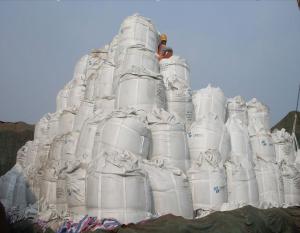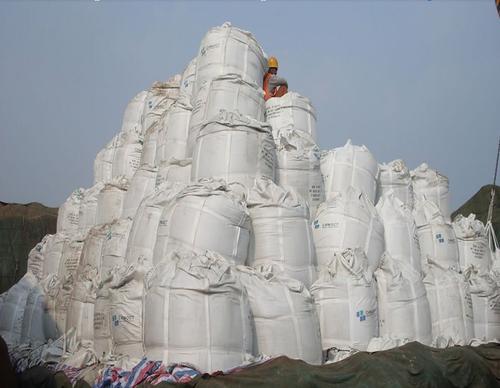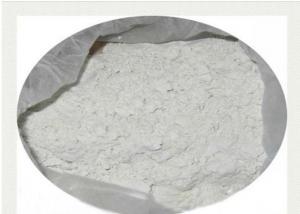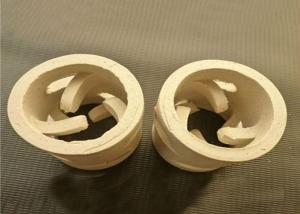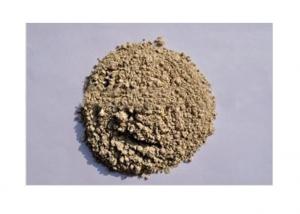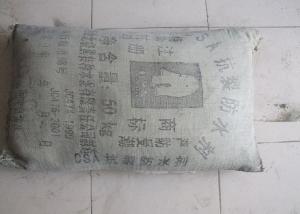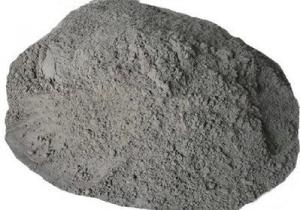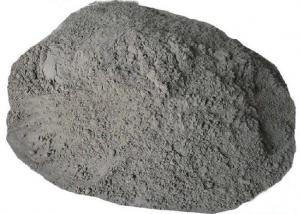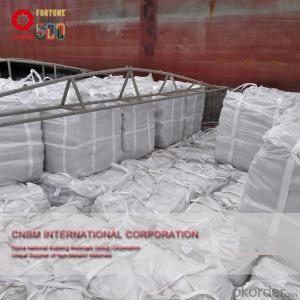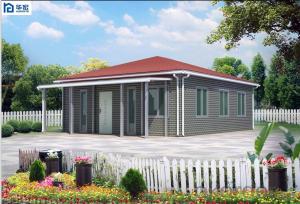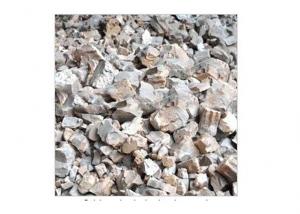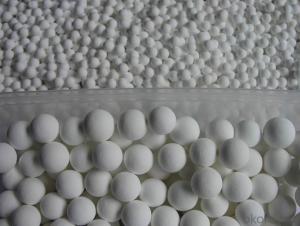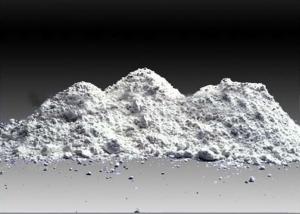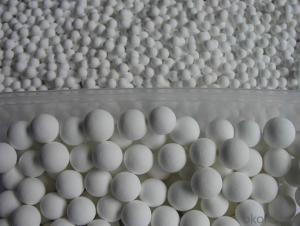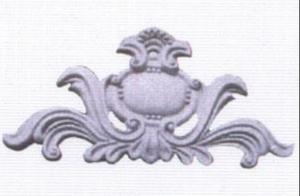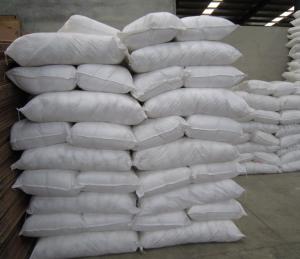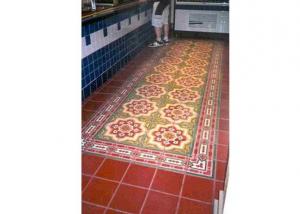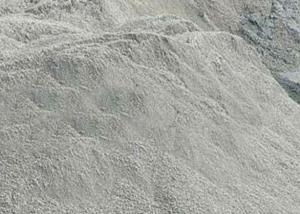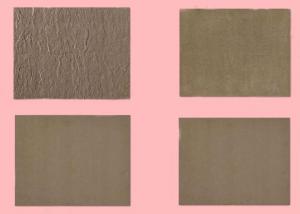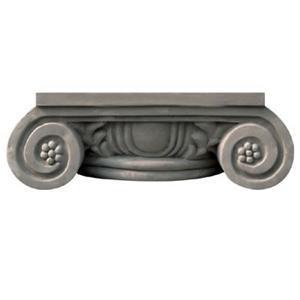Cement with good quality and best price
- Loading Port:
- China Main Port
- Payment Terms:
- TT OR LC
- Min Order Qty:
- -
- Supply Capability:
- -
OKorder Service Pledge
OKorder Financial Service
You Might Also Like
I. CEMENT STANDARD
1.Vietnam standard (TCVN)
- Quality of Cement as per TCVN 6260 - 2009
2.European standard (EN)
- Certificate I -EN 197-1.2000- CEM II 42,5 R
- Certificate II - En 197-1.2000 CEM II 42,5N
- Certificate III - EN 197-1.2000 CEM I 42,5R
3.American standard (ASTM)
- ASTM C150 TYPE-1
- ASTM C1157 TYPE- GU
- ASTM C1157 TYPE- HE
II. SPECIFICATIONS FOR ORIDINARY PORTLAND CEMENT AS PER EN 197-1:2000/CEM II 42.5
Items | Units | Specification | Test Results | Test Method |
SiO2 | % | ≤ 26.00 | 23.41 | EN 196-2 |
Al2O3 | % | ≤ 6.50 | 5.50 | |
Fe2O3 | % | ≤ 4.50 | 3.60 | |
CaO | % | ≥ 54.00 | 57.00 | |
MgO | % | ≤ 5.00 | 2.75 | |
SO3 | % | ≤ 3.5 | 2.56 | |
Loss on Ignition, (LOI) | % | ≤ 10.00 | 7.00 | |
Insoluble Residue | % | ≤ 12 | 6.00 | |
Physical and Mechanical Properties | ||||
Finess test |
|
|
| EN 196-6 |
- Blaine | cm2/g | ≥ 3200 | 3800 | |
- Retained content on sieve 75mm | % | < 15.0 | 0.10 | |
Time of setting - Initial set - Final set | Minutes |
≥ 75 < 420 |
145 200 | EN 196-3 |
Soundness (LeChatelier) | mm | < 10.0 | 1.0 | EN 196-3 |
Compressive strength | MPa |
|
| EN 196-1 |
2 Days | ≥ 20.0 | 23.0 | ||
3 Days | - | 27.0 | ||
7 Days | - | 37.0 | ||
28 Days | ≥ 42.5 | 50.0 | ||
- Q: explain
- Mortar is used to lay blocks or brick together. It has no stone or gravel in it. Concrete is what sidewalks and floors are made of. It's composition is water, stone and sand (gravel) and cement. So you see, cement is what bonds these other products together to make concrete.
- Q: apparently fault breccia is a cataclasite, which are cemented rocks. However, my notes say that fault breccia consists of angular fragments set in an un-cemented matrix of wall-rock material.
- Pressure is the key factor in the formation of a fault breccia. The term breccia is used to describe the coarser grained types. Much finer fault zone rocks are actually clay sized particles. These can be lithified by pressure (no cement). Mylonites would be an example. Perhaps the rocks in question are a combination of the two. (?)
- Q: We had great hopes for a beautiful cement floor and ripped out all of our carpet only to find untreated cement covered with paint, spray paint, marker, plaster, cracks, and small gouges all over it. What can we do to our cement floor to make it beautiful?
- You can resurface the floor. Then you can stain the concrete and get a really nice finish. But be warned, while you can do this yourself, it will not look near as good as a job done by a professional. Plus if you do the job right, it would be much cheaper to replace the carpet or even install wood flooring. I have a brother in law who owns a company that does this. He has a hard time finding people who are good at dong this. When he trains new hires himself, it takes him about 2 years to fully train them. Out of curiosity, I asked him how much to do this in my laundry room. (I asked after I had just installed new tile, which is what I wanted in the first place) he estimated that to clean, resurface and do a good quality stain job would be about $3,500 for one color. The pattern staining I wanted would have run over $5,000. The laundry room is about 9.5' x 12'. The tile floor I did myself cost me about $300 in tools and another $350 in materials. It took me 4 evenings and a Saturday to do it all. And I did a fairly fancy job! Stained cement floor in a house look great and can add value to the right house. Painted floors generally look poor and do not wear well, along with devalue a piece of property. The material they make for garages is great, but doesn’t look right n the house. (I actually have it in my garage.) My advice-decide what you want and take the time to save up and do the job right. You will be glade you did.
- Q: I never used to be allergic to anything and then a few years ago developed an allergy to shell fish. Yesterday I was working with rubber cement for the first time and I had a major allergic reaction similar to the ones I would have after eating shrimp. Is there anything in rubber cement that would relate to shellfish? There is nothing printed on the label but it does warn of allergic reactions if you are allergic to latex gloves. Not sure if I am or not but maybe.....given this experience.
- Rubber cement is an adhesive made from elastic polymers (typically latex) mixed in a solvent such as acetone, hexane, heptane or benzene to keep them fluid enough to be used. This makes it part of the class of drying adhesives: as the solvents quickly evaporate, the rubber portion remains behind, forming a strong yet flexible bond. Often a small percentage of alcohol is added to the mix.
- Q: Can I powder any rock in enough thinness by crushing them with heavy hammer?Will they work like a cement?
- NO ! It becomes sand dust.
- Q: How are the ashes from a volcano used to make cement?
- Commercial cement is not made from volcanic ash. It is usuually made with limestone or marble (source of CaO) as the main ingredient. Other incredients include some clay and gypsum. After mixing the stuff is heated to form clinker then with some more mixing goes into bags, bins, or tanks for mixing with sand, gravel and water to make concrete. Volcanic ash will harden somewhat into a cement-like compound when it becomes wet. Many cars had their paint jobs ruined in 1980 by Mt. St. Helens ash mixed with a little precipitation.
- Q: I was wondering how the heck the pour cement onto the river to make the pillar for the bridge??
- On large bridges dams are made and the water is pumped out.Exposing the bedrock. Smaller bridges the pillars are driven down with a pile driver.
- Q: Tell me about PVC cement glue?
- thick, thin, medium. cleaner comes in purple and clear basicly softens the pvc then it welds together. should always use cleaner.. careful on the purple.. it stains. there is also cleaner and glue for cpvc which is potable safe.. used for drinking water lines or other supply lines. most common is orange. remember the cpvc stuff for drinking/use
- Q: color- white cement
- Jordan company has answered the requires larger first-rate Air Jordan retros with their “remastering” of the line that’s being prepped for Spring 2015. This newly unveiled initiative is a component of a concerted effort to work nearer with factories to provide sneakers that game the shape, stitching, traces, and so on which can be uniform and as much as the quality demanded with the aid of their “engineered to the certain necessities of championship athletes” motto (Or briefly, as almost “OG” as viable). Included in the range would be the Air Jordan four, Air Jordan 7, and the Air Jordan 10 for Spring 2015 – in particular the “Columbia”, “French Blue”, and a brand new crimson/Black/grey colorway in respective order.
- Q: Which did the Romans invent? Concrete or Cement?
- Both. Ever since civilizations first started to build, we've sought a material that would bind stones into a solid, formed mass. The Assyrians and Babylonians used clay for this purpose, and the Egyptians advanced to the discovery of lime and gypsum mortar as a binding agent for building such structures as the Pyramids. The Greeks made further improvements and finally the Romans developed a cement that produced structures of remarkable durability. Most of the building foundations in the Roman Forum were constructed of a form of concrete, placed in some locations to a depth of 12 feet. The great Roman baths built about 27 B.C., the Coliseum, and the huge Basilica of Constantine are examples of early Roman architecture in which cement mortar was used. Roman Formula The secret of Roman success in making cement was traced to the mixing of slaked lime with pozzolana, a volcanic ash from Mount Vesuvius. This process produced a cement capable of hardening under water. During the Middle Ages this art was lost and it was not until the scientific spirit of inquiry revived that we rediscovered the secret of hydraulic cement -- cement that will harden under water.
Send your message to us
Cement with good quality and best price
- Loading Port:
- China Main Port
- Payment Terms:
- TT OR LC
- Min Order Qty:
- -
- Supply Capability:
- -
OKorder Service Pledge
OKorder Financial Service
Similar products
Hot products
Hot Searches
Related keywords
